
ALEXANDER VON HUMBOLDT Bonpland, Recueil d'observations de zoologie., 1811. Primates, Mammals
Friedrich Wilhelm Heinrich Alexander von Humboldt (14 September 1769 - 6 May 1859) was a German polymath, geographer, naturalist, explorer, and proponent of Romantic philosophy and science. [2] He was the younger brother of the Prussian minister, philosopher, and linguist Wilhelm von Humboldt (1767-1835).

Alexander von Humboldt Botanical drawings, Botanical illustration, Botanical art
Alexander von Humboldt's travels to the American tropics, the "Voyage aux régions équinoxiales du nouveau continent," which he undertook from 1799 to 1804 in the company of Aimé Bonpland, was a sensation not only in Prussia, France, and Europe but across the globe. Humboldt had already tried to reach as large an audience as
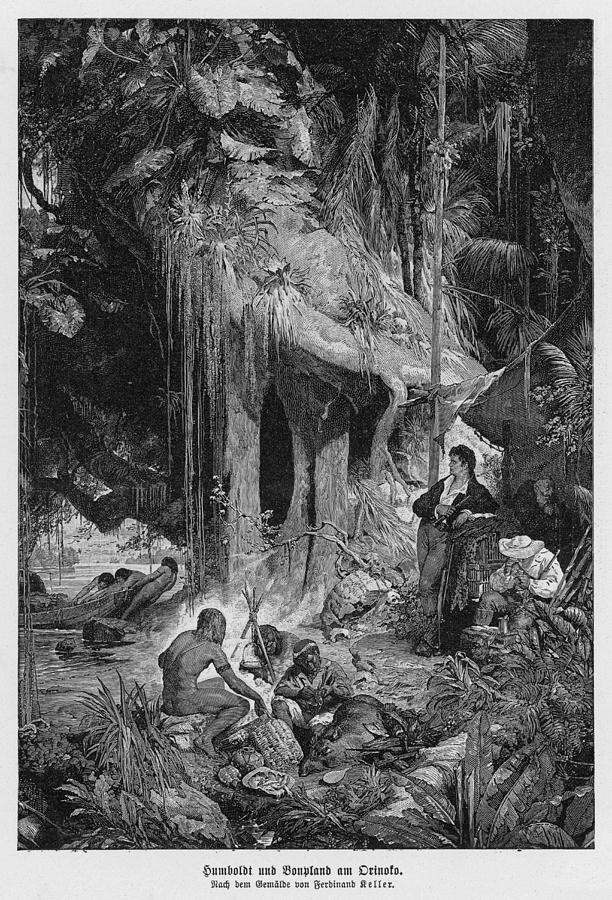
Alexander Von Humboldt German Drawing by Mary Evans Picture Library Fine Art America
Alexander von Humboldt. Artist. Friedrich Johann Heinrich Drake (1805 - 1882) Year. 1871; installed 1876; relocated 1977.. Alexander von Humboldt (1769-1859) was a naturalist, astronomer, explorer, geographer, politician, and diplomat. Humboldt was an important symbol of Germanic culture, and one of the earliest Western scientists to.

Alexander von Humboldt Causes and effects (With images) Humboldt, Graphic, Cause and effect
OttlllJr Ette julia Maier ALEXANDER VON HUMBOLDT THE COMPLETE DRAWINGS FROM THE AMERICAN TRAVEL DIARIES PRESTEL Munich. London· New York 6 FOREW ORD Prof. Dr. Herm ann P arzinger 9 INTROD UCTIO N Ottmar Ette 27 ED I TORIAL N OTE Julia Maier THE COMP LE TE DRAWINGS TRIGONOMETRY AND SURVEYING 38 T r iangles 120 A ngles and L1nes 153 Circles and.
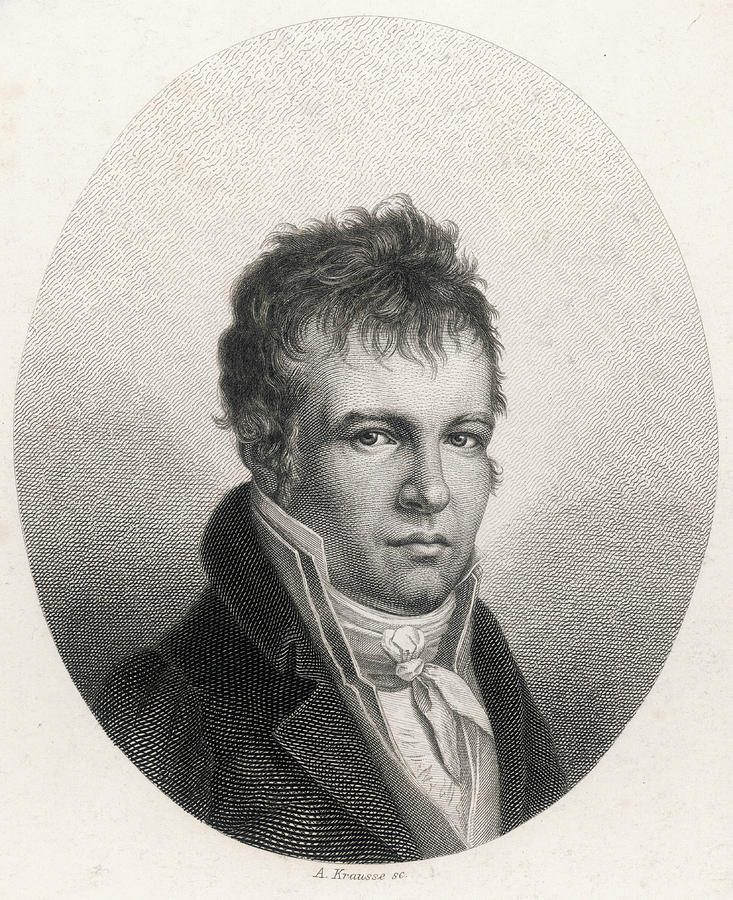
Alexander Von Humboldt German Drawing by Mary Evans Picture Library Fine Art America
First published Mon Jan 16, 2023 Alexander (Friedrich Wilhelm Heinrich Alexander) von Humboldt (1769-1859) was a scientific explorer and natural philosopher, who achieved fame following his return from South America in 1804. Already during his lifetime, biographies celebrating Humboldt began to
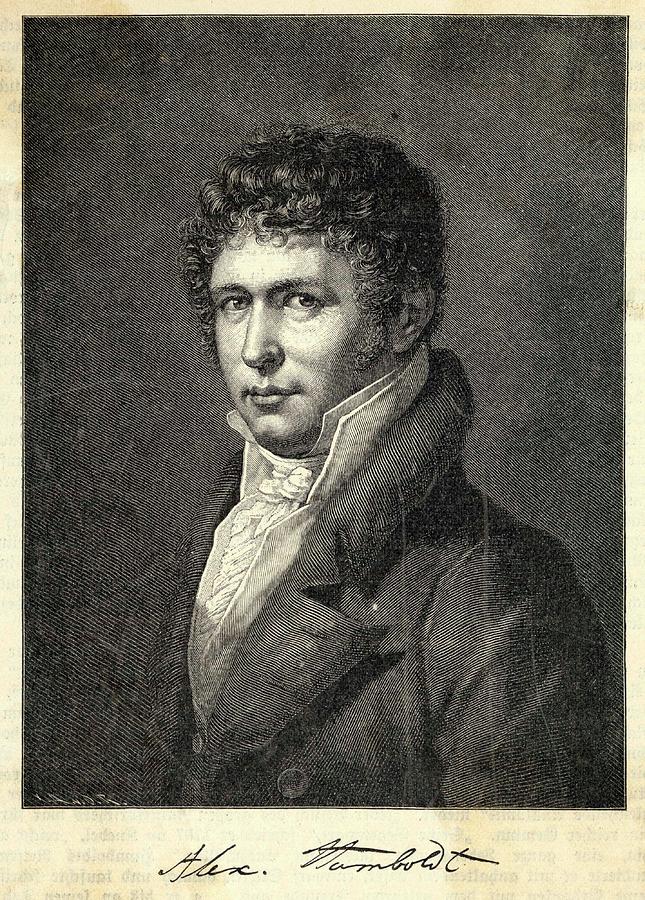
Alexander Von Humboldt German Drawing by Mary Evans Picture Library
Smithsonian At the Smithsonian | Updated: September 17, 2020 | Originally Published: May 1, 2020 This Mastodon is a Centerpiece of an Art Exhibition. Why? Meet the hugely influential Alexander.

ALEXANDER von HUMBOLDT by Granger Humboldt, Drawings, Illustration
Anne Showalter September 17, 2020 When Alexander von Humboldt (right) traveled to England in 1790, he met a young chemist named James Smithson, the founder of the Smithsonian. Humboldt's.

Reading Subtly Alexander von Humboldt, Enlightenment Ambassador a Reflection on Andrea Wulf's
Description Alexander von Humboldt (1769-1859) was one of the most influential scientists and thinkers of his age. A Prussian-born geographer, naturalist, explorer, and illustrator, he was a prolific writer.
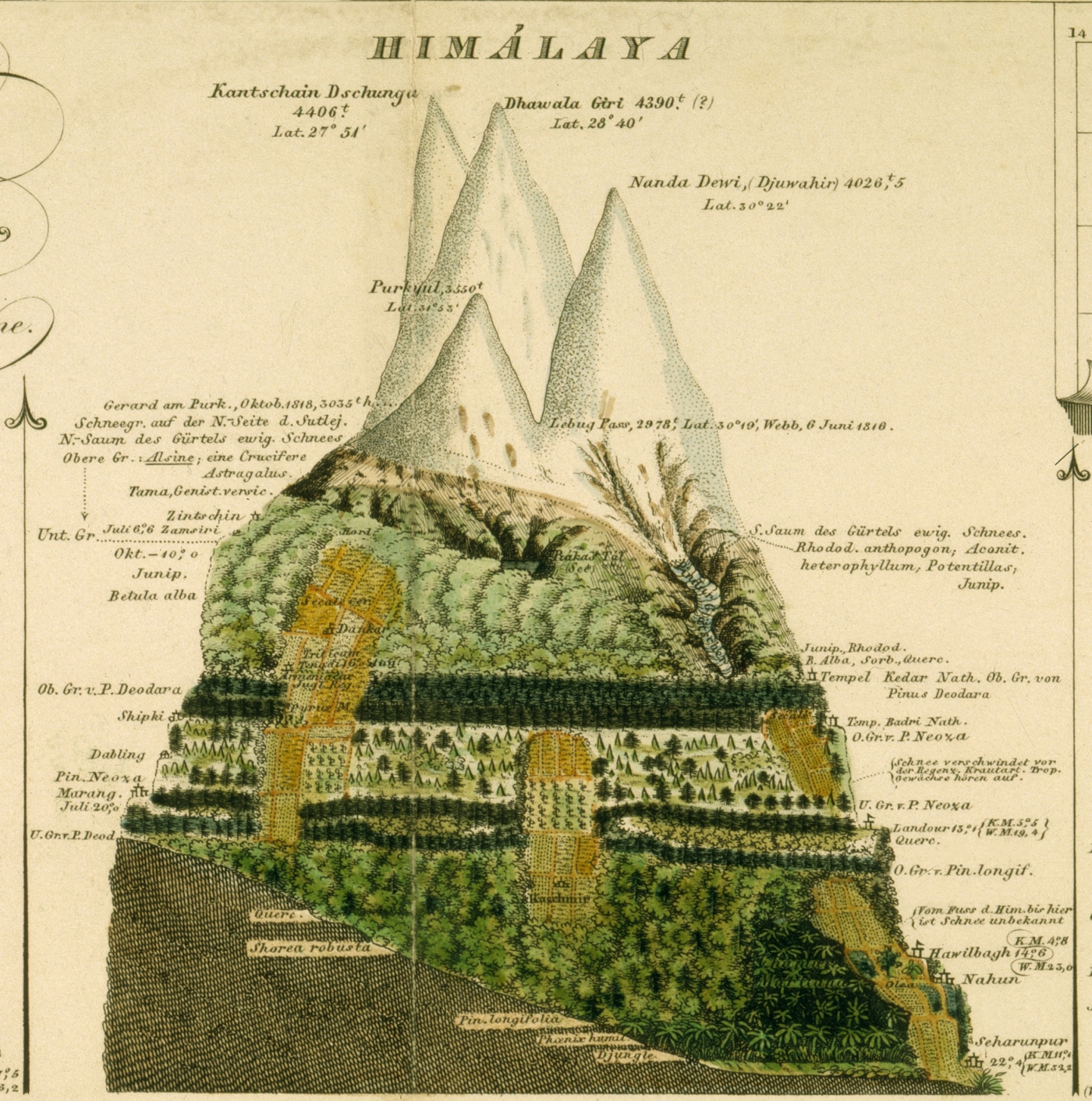
LIFE Alexander von Humboldt Portal
This stunning volume delves into the extraordinary illustrated notebooks of Alexander von Humboldt's journeys through the Americas, which reveal the graphic musings of an intrepid explorer, a writer and philosopher, and the father of the environmental movement.

img6.jpg (2000×1436) Scientific illustration, Best science books, Humboldt
Lowest price guarantee and fast shipping. Plus, framing options you'll love. Your art is professionally handcrafted by our team in Ohio with museum-quality materials.

Pin on + + landscapes
Alexander von Humboldt and the United States: Art, Nature, and Culture, at the Smithsonian American Art Museum in 2020, places American art squarely in the center of a conversation on Humboldt's lasting influence on the way we think about our relationship to our environment.
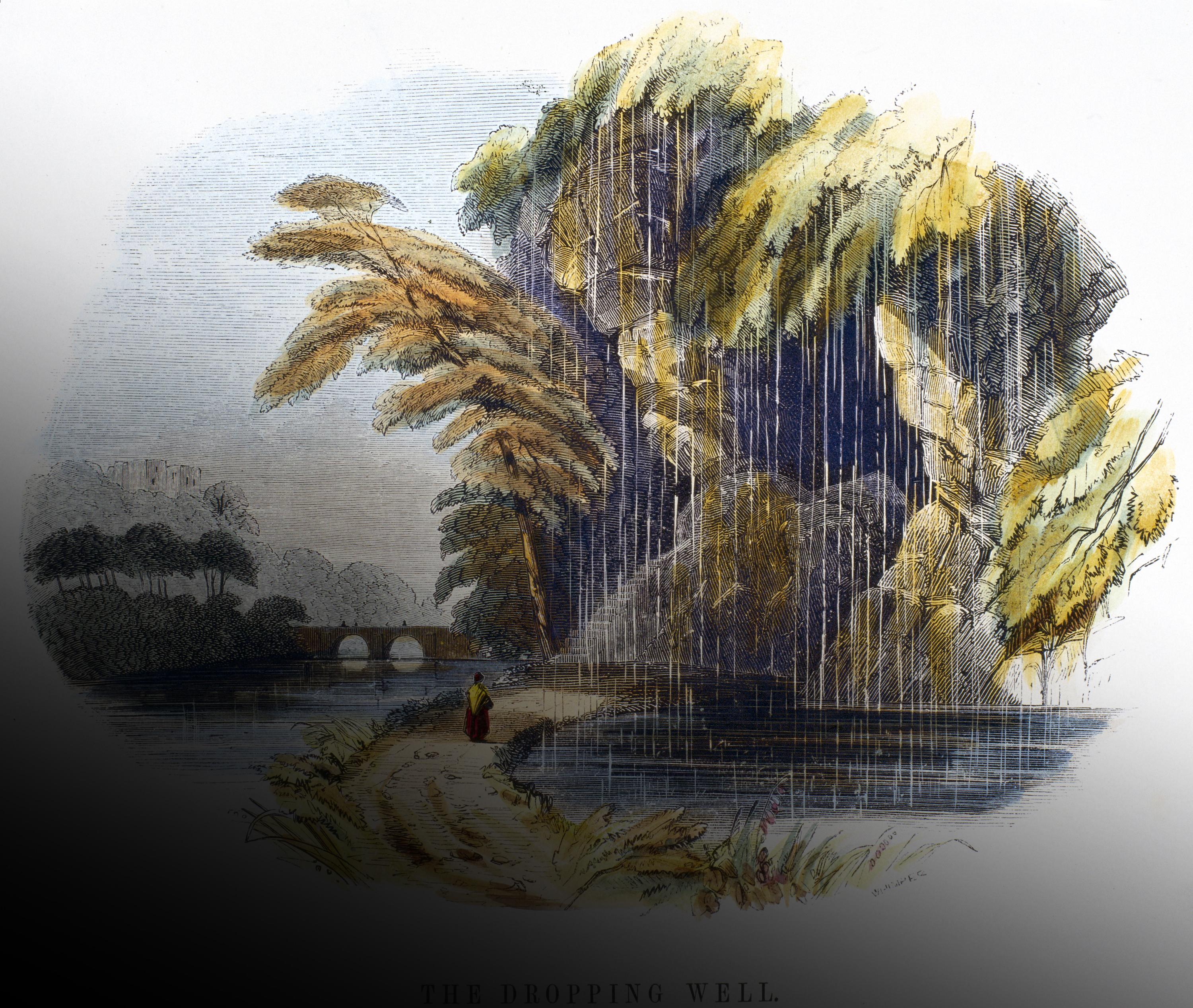
Adventures in the Anthropocene by Alexander von Humboldt, father of environmentalism Science
Description This exhibition will be the first to examine Humboldt's impact on five spheres of American cultural development: the visual arts, sciences, literature, politics, and exploration, between 1804 and 1903.
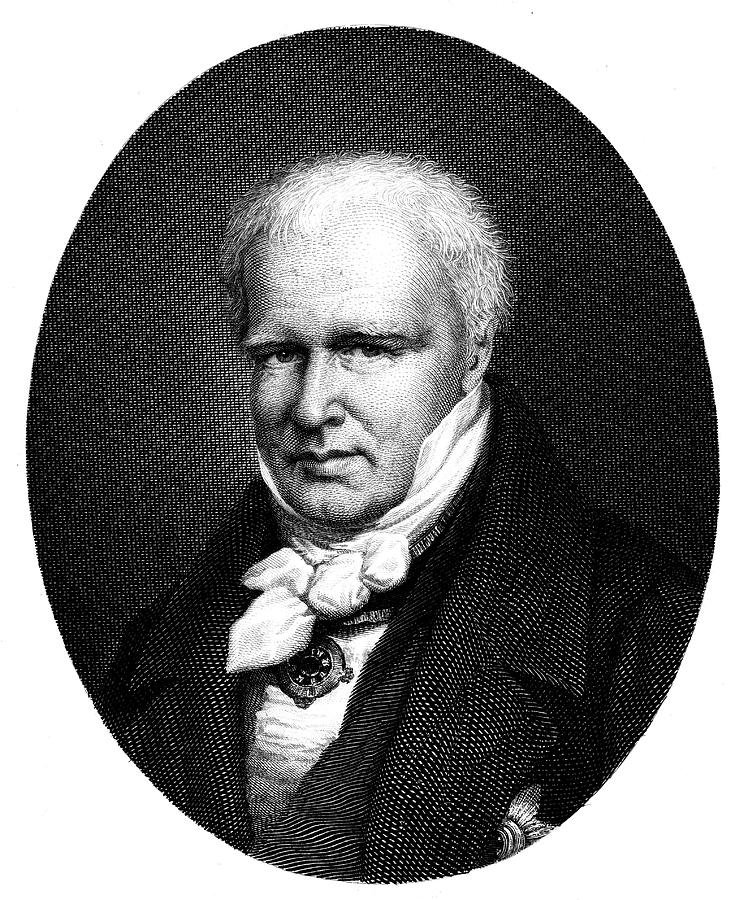
Alexander Von Humboldt German Drawing by Mary Evans Picture Library Fine Art America
Friedrich Wilhelm Karl Heinrich Alexander von Humboldt was born in Berlin on 14 Sep-tember 1769, the same birth year as Napoléon, Lord Wellington, and William Wilberforce. His father, Major Alexander Georg von Humboldt (1720-79), married Marie-Elisabeth von Colomb (1741-96) a forlorn widow of Huguenot descent who had inherited from her
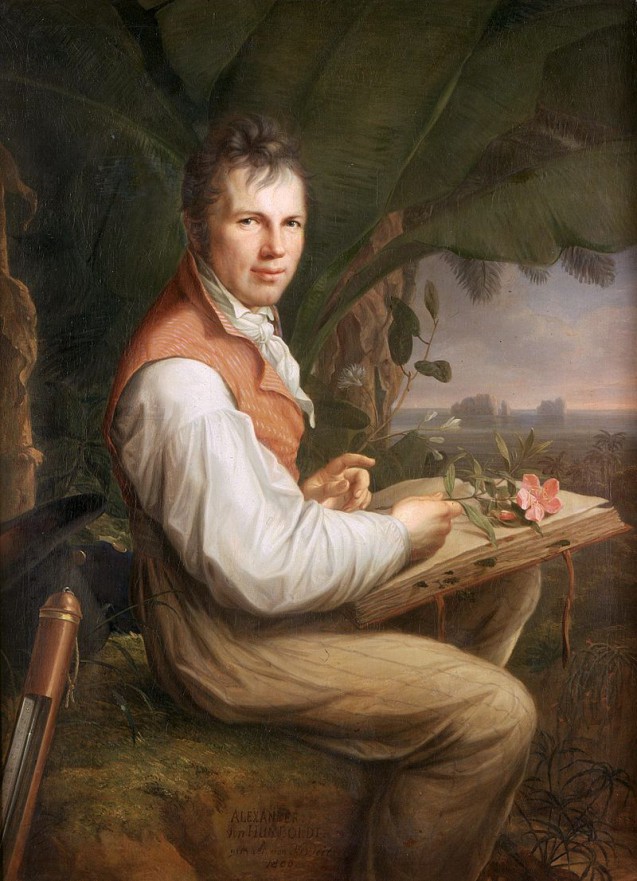
A physical description of Napoleon and Josephine in 1798, eyewitness accounts by Alexander
Alexander von Humboldt (born September 14, 1769, Berlin, Prussia [now in Germany]—died May 6, 1859, Berlin) German naturalist and explorer who was a major figure in the classical period of physical geography and biogeography—areas of science now included in the Earth sciences and ecology.With his book Kosmos he made a valuable contribution to the popularization of science.

Why is Everything Named Humboldt? — Our City Forest Ecosystem illustration, Scientific
Alexander von Humboldt's journey to becoming the preeminent scientist of his day had many possible starting points. But July 16,1799, the day that he, a Prussian naturalist, and his friend Aimé Bonpland, a French botanist, disembarked from the Pizarro in the South American city of Cumaná, capital of Nueva Andalucía, is as good as any.

Alexander von Humboldt Botanical illustration, Nature drawing, Fauna illustration
Fig. 2. Charles Willson Peale's Exhumation of the Mastodon (ca. 1806-8; left) and The Artist in His Museum (1822; center) as seen through the skeleton of the mastodon in the exhibition Alexander von Humboldt and the United States: Art, Nature, Culture, Smithsonian American Art Museum, Washington D.C. Photo courtesy of Eleanor Jones Harvey. Harvey most convincingly argues for Humboldt's.
